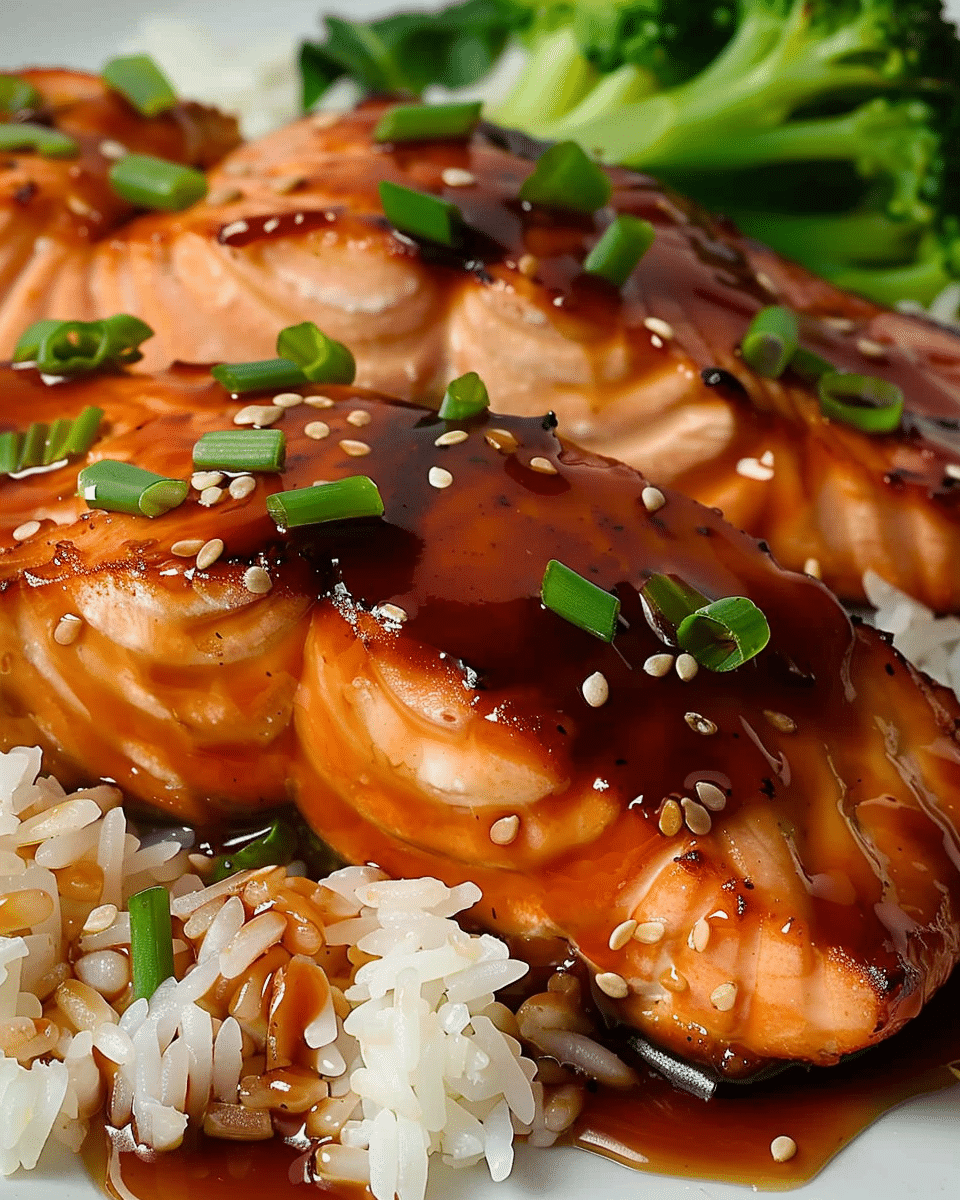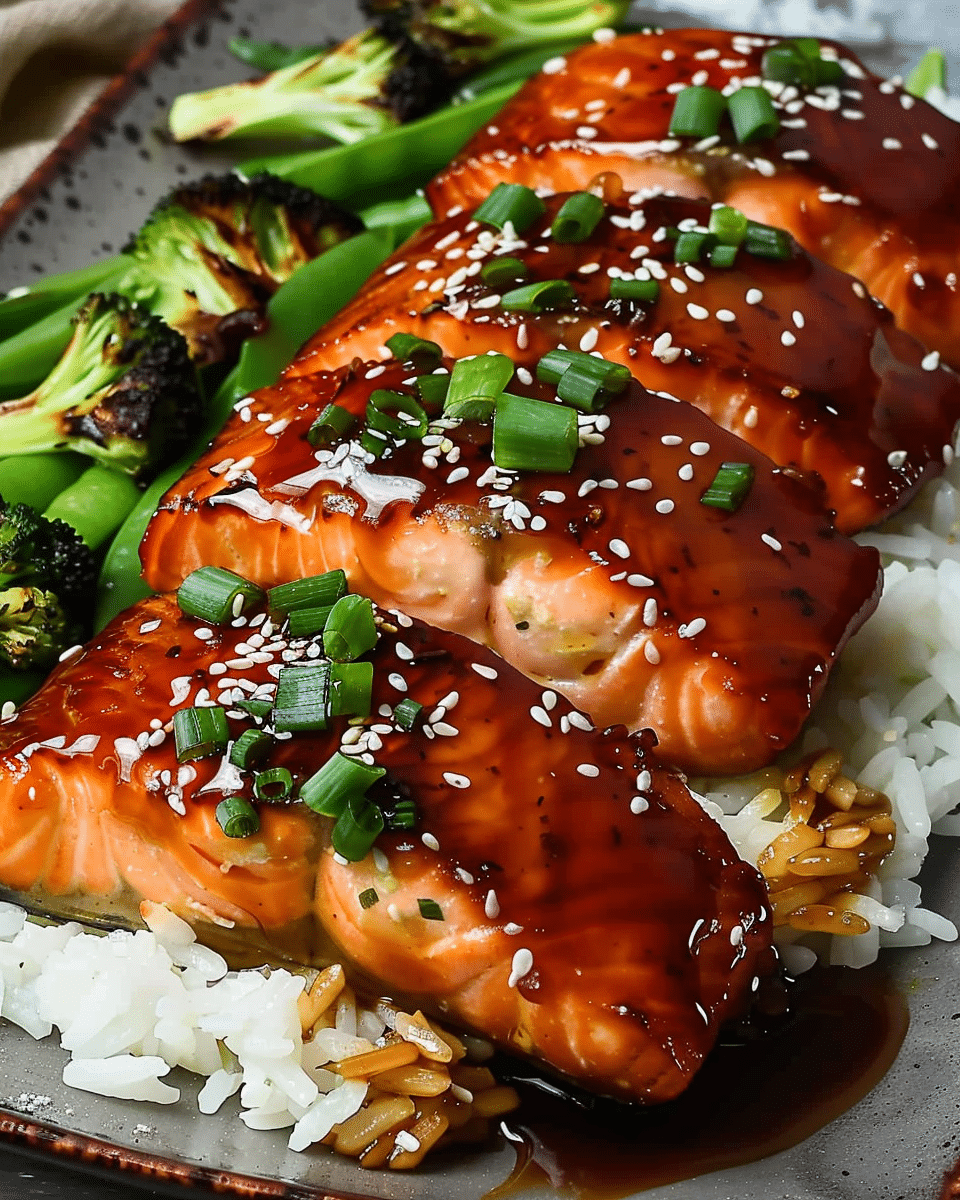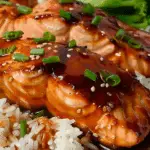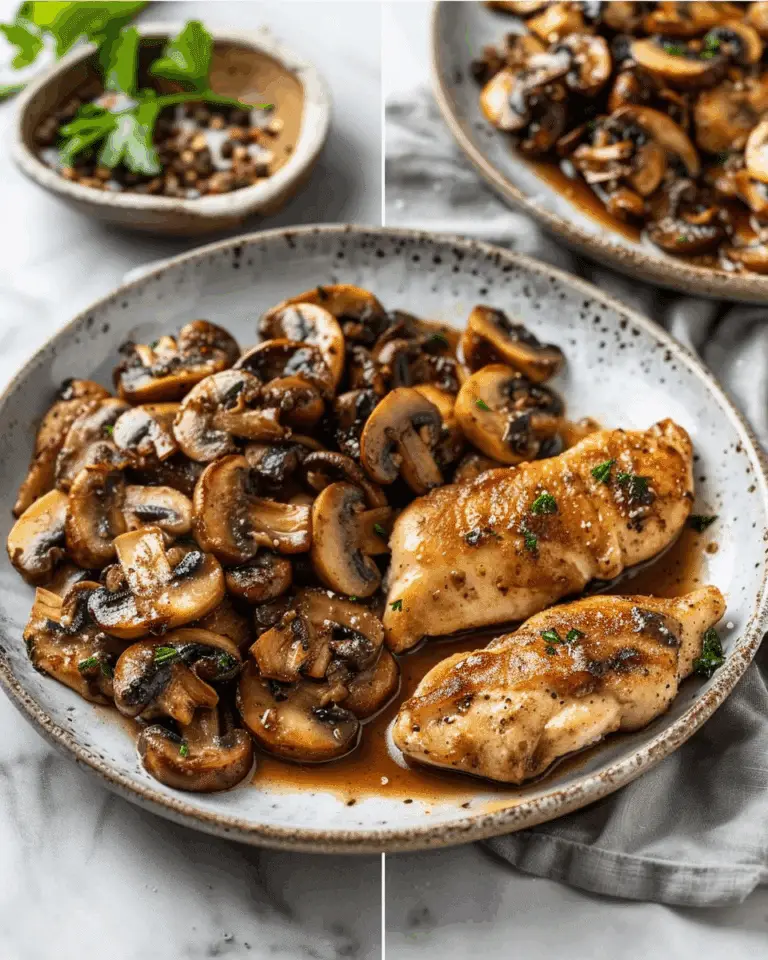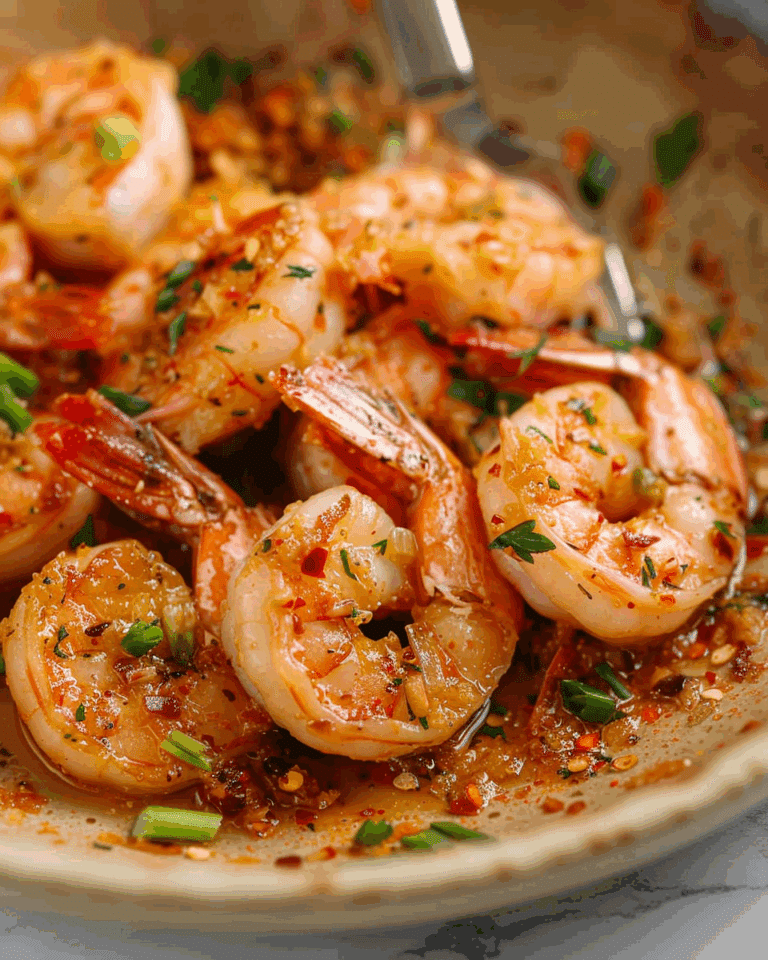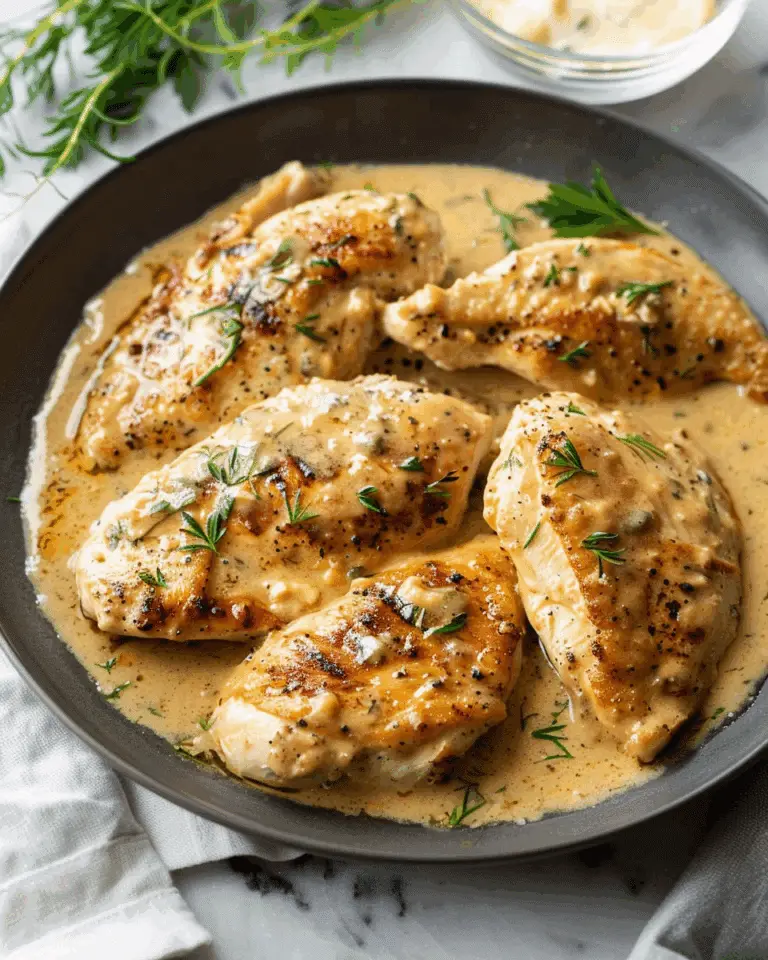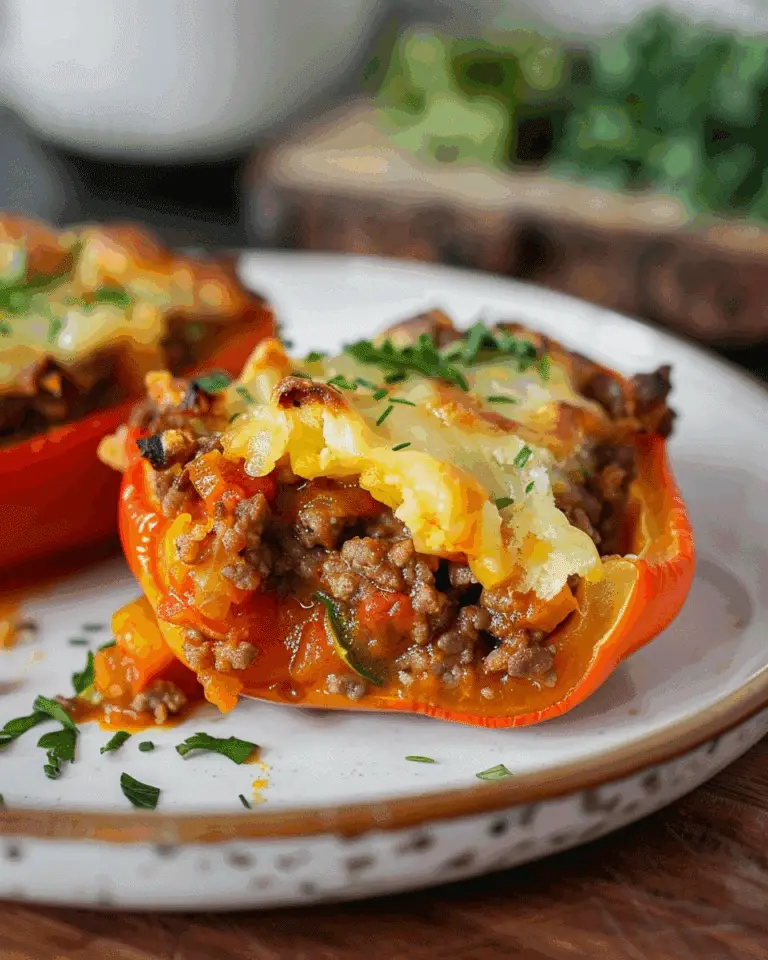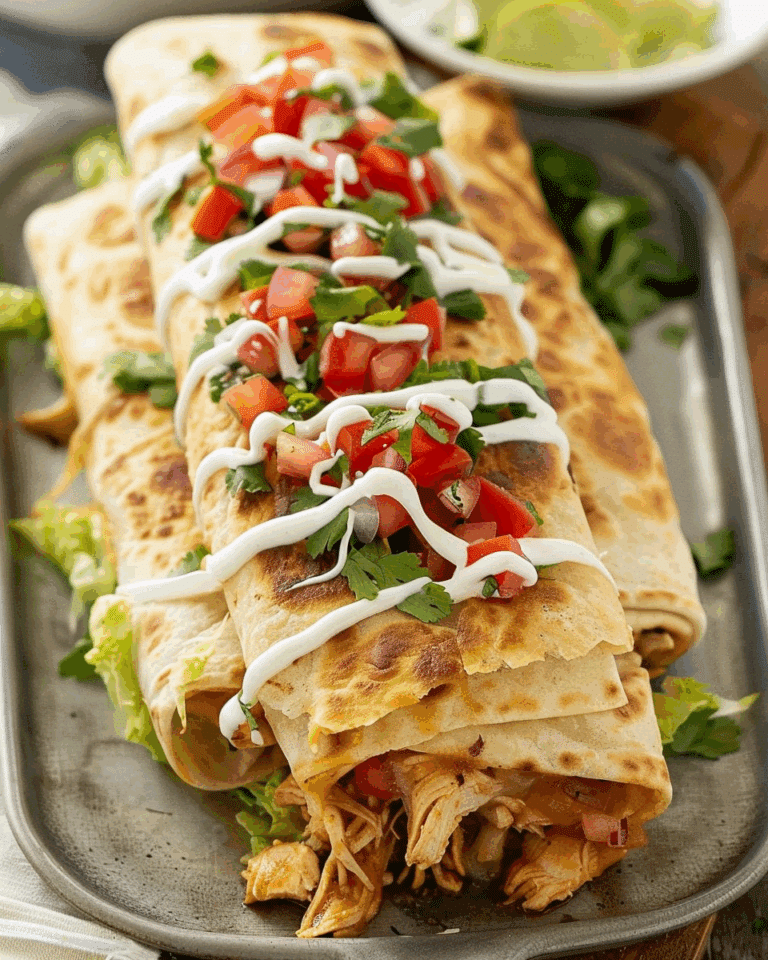Easy Baked Teriyaki Salmon
This easy baked teriyaki salmon features tender, flaky fish glazed in a sweet-savory homemade teriyaki sauce. It’s a fuss-free, flavorful dinner that comes together in about 20 minutes.
- Prep Time: 10 minutes
- Cook Time: 15 minutes
- Total Time: 25 minutes
- Yield: 4 servings
- Category: Main Course
- Method: Baked
- Cuisine: Asian
- Diet: Low Lactose
Ingredients
- 4 salmon fillets (about 6 oz each, skin on or off)
- 1/4 cup soy sauce (or low-sodium)
- 2 tbsp brown sugar or honey
- 1 tbsp rice wine vinegar (or mild vinegar)
- 2 cloves garlic, minced
- 1 tsp fresh ginger, minced
- 1 tbsp cornstarch
- 2 tbsp water (for cornstarch slurry)
- 1 tsp sesame oil (optional)
- Black pepper, to taste
- 1 tbsp sesame seeds (optional, for garnish)
- 2 green onions, chopped (optional, for garnish)
Instructions
- Preheat the oven to 400°F (204°C).
- Pat salmon dry with a paper towel and place in a lightly greased baking dish or on foil.
- In a bowl or saucepan, whisk together soy sauce, brown sugar or honey, vinegar, garlic, ginger, sesame oil (if using), and a little water.
- In a separate bowl, mix cornstarch with water to create a slurry, then stir it into the sauce to thicken over low heat (if heating).
- Reserve one-third to half of the sauce. Pour the remaining sauce over the salmon and let marinate for 10–20 minutes (optional).
- Bake salmon in the preheated oven for 12–15 minutes, or until it flakes easily and reaches an internal temperature of 145°F (63°C).
- Remove from oven, brush with reserved sauce, and broil for 1–2 minutes if a more caramelized top is desired (watch closely).
- Garnish with sesame seeds and chopped green onions. Serve immediately.
Notes
Add red pepper flakes or sriracha to the sauce for a spicy version.Mix in orange or pineapple juice for a citrusy twist.Use tamari or gluten-free soy sauce for a gluten-free version.Add a teaspoon of white miso to the sauce for umami depth.Bake vegetables like bell peppers or asparagus on the same sheet for a one-pan meal.
Nutrition
- Serving Size: 1 salmon fillet with sauce
- Calories: 360
- Sugar: 7g
- Sodium: 600mg
- Fat: 20g
- Saturated Fat: 4g
- Unsaturated Fat: 14g
- Trans Fat: 0g
- Carbohydrates: 9g
- Fiber: 0g
- Protein: 32g
- Cholesterol: 85mg

